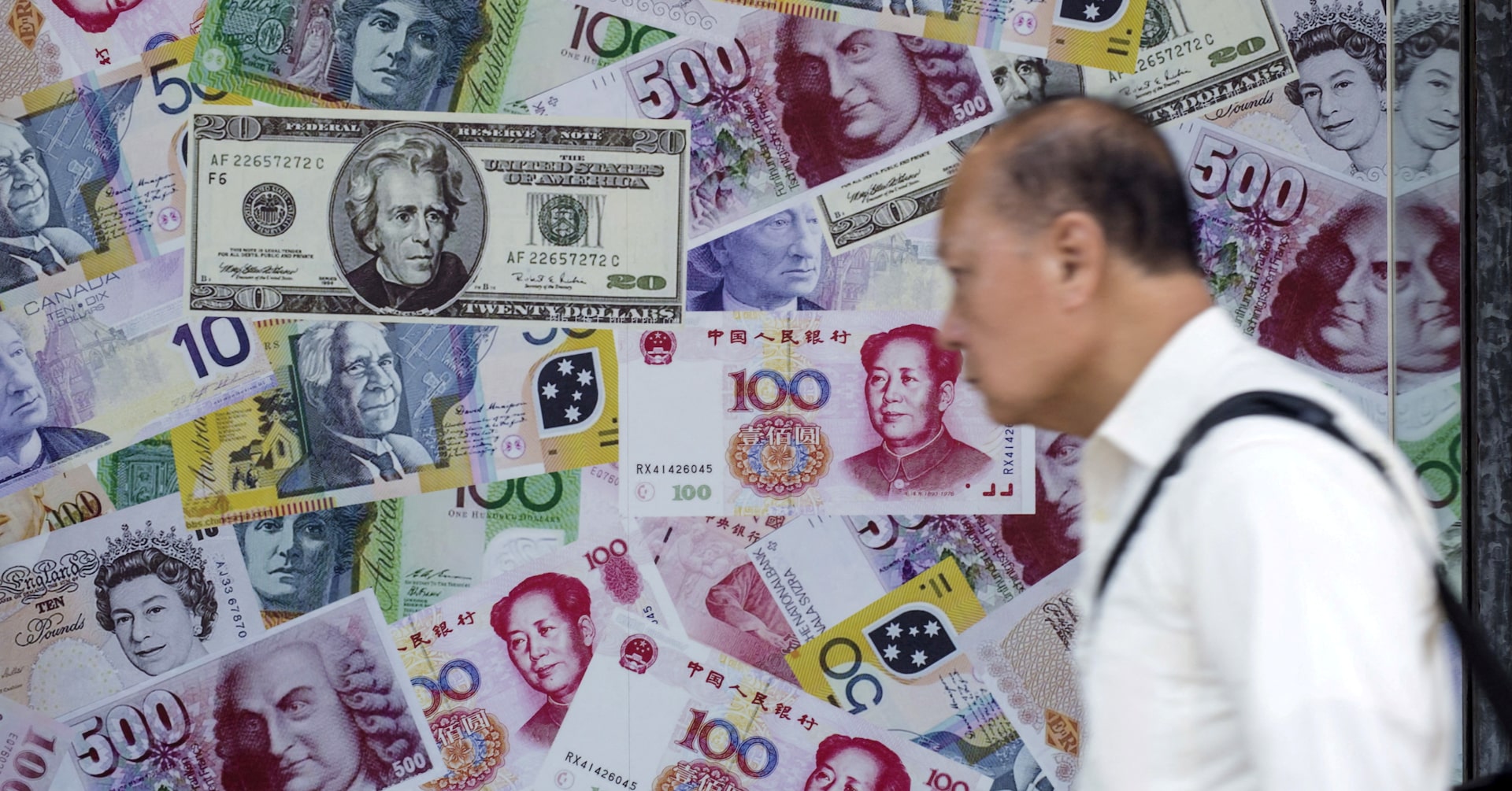SINGAPORE/SHANGHAI, May 6 (Reuters) – A significant wave of dollar selling in Asia is raising concerns for the greenback as the region’s export powerhouse questions a long-standing trend of investing trade surpluses in U.S. assets. The record rally in the Taiwan dollar has sparked surges in currencies across Singapore, South Korea, Malaysia, China, and Hong Kong. This movement suggests substantial capital inflows into Asia and indicates a potential weakening of a key pillar supporting the dollar. While stability returned somewhat on Tuesday following Taiwan’s currency’s 10% leap over two days, Hong Kong’s dollar tested the strong end of its peg, and the Singapore dollar reached its highest level in over a decade. Analysts liken the situation to an ‘Asian crisis in reverse,’ referencing the rapid currency movements. Since the 1997-1998 Asian crisis, Asian savings have predominantly been redeployed into U.S. Treasuries. However, this trend may be shifting due to U.S. President Donald Trump’s tariffs, which have shaken investor confidence in the dollar and altered the flow of trade dollars into U.S. assets. Traders in Taiwan reported difficulty executing trades due to the overwhelming wave of dollar selling, speculated to be tacitly endorsed by the central bank. Heavy trading volumes were noted in other Asian markets. The substantial piles of dollars in China, Taiwan, South Korea, and Singapore amount to trillions. Signs indicate a shift in the dollar view from various corners, with Goldman Sachs noting that investor clients recently moved from short yuan positions to long positions, effectively shorting the U.S. dollar. Hong Kong’s de-facto central bank has been reducing duration in its U.S. Treasury holdings and diversifying into non-U.S. assets. Rallies in Asia’s bond markets suggest exporters and long-term investors may be repatriating funds. UBS estimates that increased hedging ratios by Taiwan’s insurance companies could result in significant U.S. dollar selling. Despite assurances from Taiwan’s central bank to stabilize the local currency, the market continues to reflect a shift away from dollar support.
— new from Reuters
